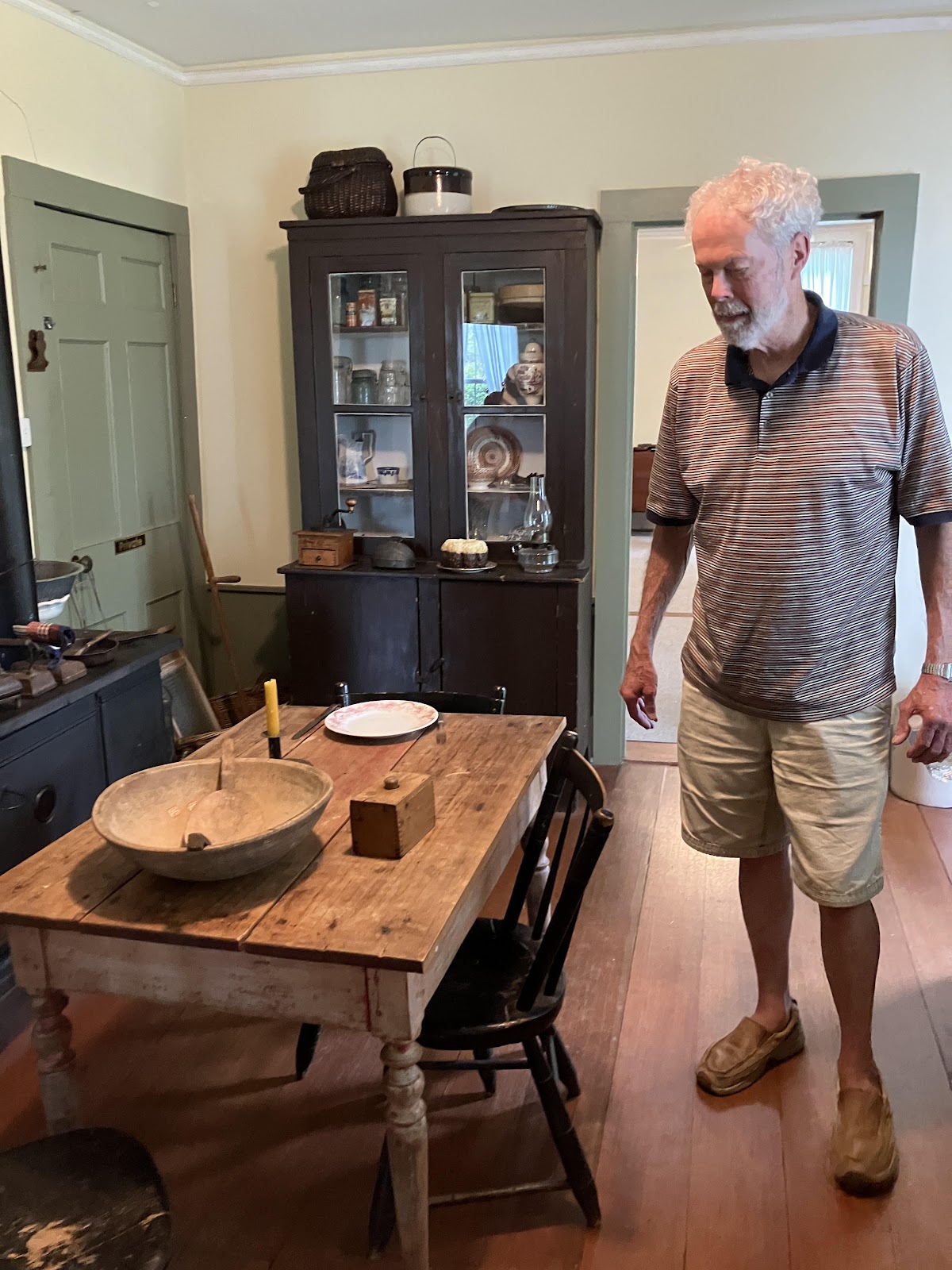The Doctor on the Underground Railroad 8.1.24
To visit the Nathan Thomas House is to experience two distinct stories: the story of the doctor whose home was a stop on the Underground Railroad, and the story of a town that couldn’t let that story die.
Dr. Nathan Thomas and his wife Pamela Brown raised four
children and during the same time period, opened their home as a stop on the
Underground Railroad. They were ardent
Quaker abolitionists. Along with
neighbors in the town of Schoolcraft, Michigan and other towns, over a 20-year
period, they helped an estimated 1,000 to 1,500 slaves escape on their way
north. The escaping slaves were brought
to Dr. Thomas from nearby Young’s Prairie, and from Schoolcraft went on to
Battle Creek, eventually bound for Detroit and then Canada. Both the Thomases kept meticulous records,
and most of the information about their Underground Railroad activities comes
from Pamela Brown Thomas’ memoirs.
The house has been moved to its present location, and at one
point was nearly destroyed by fire. It
is currently being preserved by a community historical society which, having
been denied federal funding, is raising the money to keep it from falling into
ruin and destroyed by time, weather and squirrels. The house is also being renovated in the hope
that new windows and AC will create a better environment for the large
collection of mid-19th century artifacts.
I was not hopeful we would be able to see the house since the website states it is only available by appointment. However, making an appointment was as simple as a phone call. Nancy and Dave LaLiberte, volunteer docents for the house, offered a private tour on only a few hours’ notice. It was a long drive from our campground with many delays due to road construction that was neither shown on GPS nor marked for detour, but it was absolutely worth it. The LaLibertes were gracious and encyclopedic in their knowledge of the period and the house.
The small house is fairly bursting with clothing, furniture, personal effects and household objects from the period. We were told that every room has something originally belonging to the Thomas family. Many other items were donated locally or through a network of Underground Railroad enthusiasts. Walking through the house, you can get a definite feel of life in the mid-1800s, from the old pump organ in the parlor to the butter mold in the kitchen and the tiny rocking cradle in the parents’ bedroom. The beds have tied rope slings and real straw mattresses. Dolls and clothes are strewn about as they might have been when the house was a haven for runaway slaves. There are some items of furniture and equipment from Dr. Thomas’ medical practice.
In the 1970s, when the Schoolcraft Historical Society acquired
the house, one of their members said, “If this house is lost, the story
dies.” The Nathan Thomas House is a
wonderful example of an important piece of history being kept alive by a small,
determined band of people who believe it is important.





Comments
Post a Comment